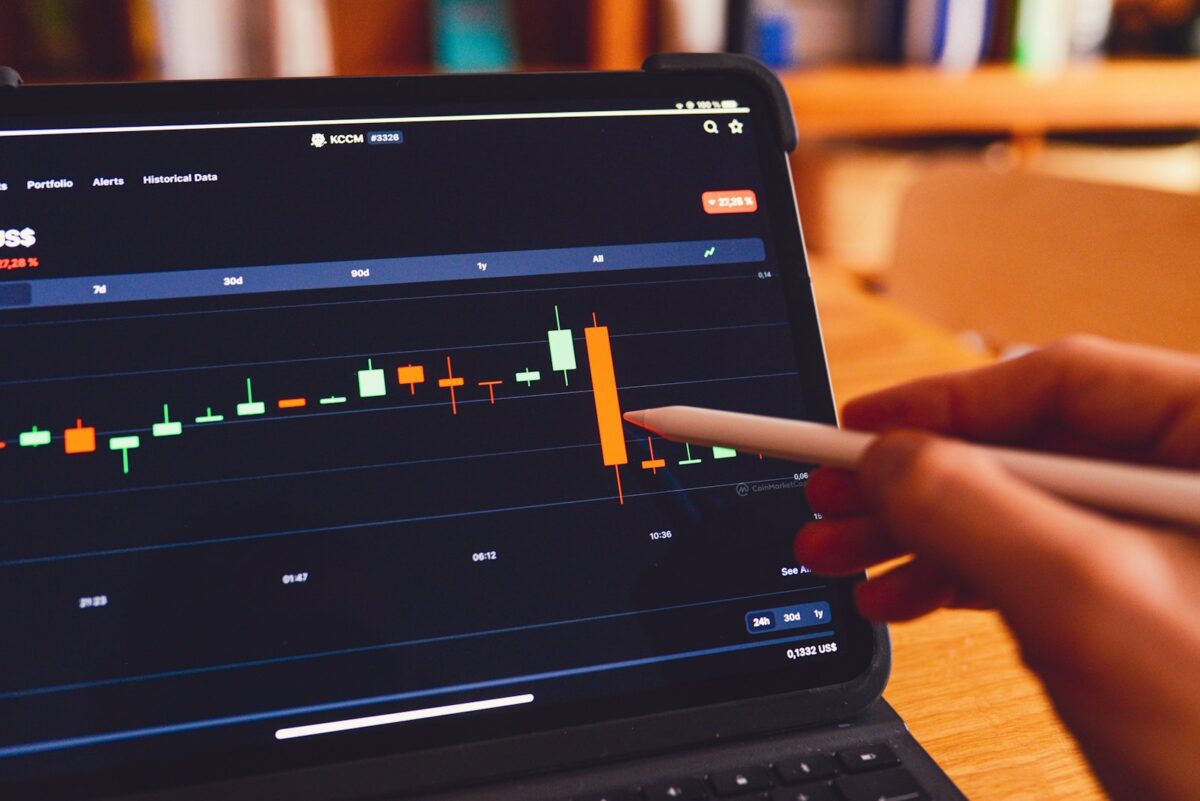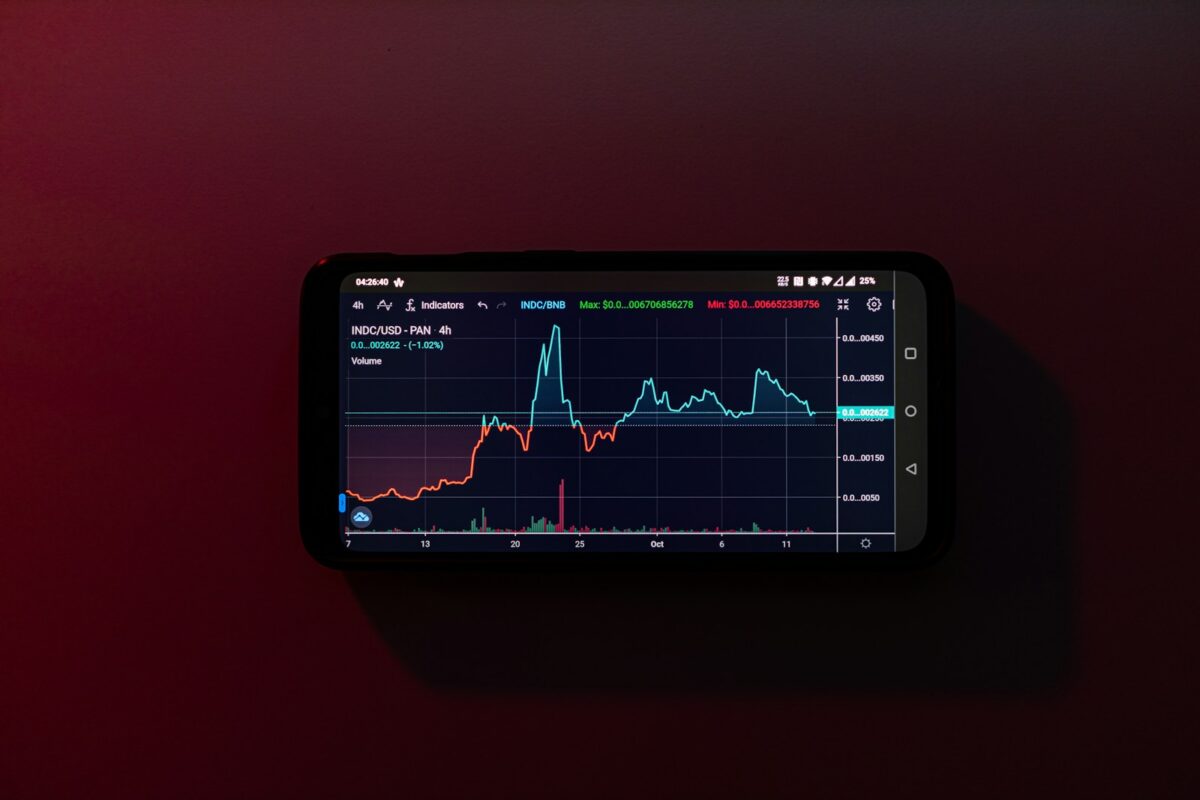Crypto vs gold comparison
Choosing between a digital store of value and a tangible precious metal as an investment requires careful evaluation of their roles in hedging against inflation. Unlike physical commodities, decentralized digital assets offer high liquidity and ease of transfer, yet lack centuries-long stability records inherent to metals. Investors seeking protection from currency devaluation must weigh these […]










